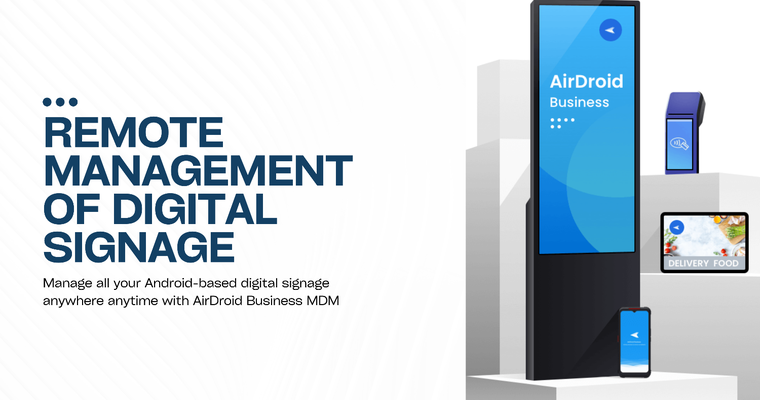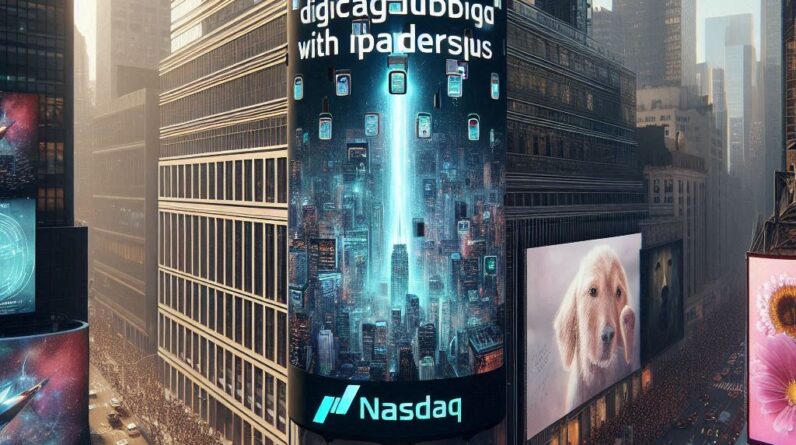
[ad_1]
By utilizing remote management, businesses ranging from retailers to restaurants can unlock the true potential of digital signage.
Digital signage has an impressively fast growth ratio worldwide as successful enterprises have realized their significance for customer engagement, sales and business growth. Most organizations have already adopted digital signage technology, while the rest plan to implement it soon because survival with competitors is becoming difficult. Research has revealed that digital signage can raise your sales by up to 7% and profits by up to 124%. Market research reveals that the market grew by 10% in 2023.
Initially, digital signage was implemented in the retail industry, but now every industry has utilized it. The primary reason is the advancement in social media and visual communication. Let’s discuss some valuable points about the management of digital signage.
Importance of remote management of digital signage
Cost-effectiveness and efficiency
Businesses can save time by performing remote maintenance on digital signage. Remote management helps admins to update and delete content, set time limits, update devices and monitor them from a centralized location to reduce downtime and labor costs.
Centralized control and scalability
Businesses need many displays for advertisements at different public places. Remote management is the only solution to efficiently handle all digital signage from a central location to provide a continuous content display. It also helps businesses to expand the devices as businesses grow.
Real-time monitoring and updates
Remote management provides real-time monitoring of digital signage. Admins can check the device status and watch the screen to ensure the perfect display. With remote management, enterprises can remotely diagnose and troubleshoot the technical issue.
Improved customer engagement and experience
Remote management helps businesses to respond instantly to customer queries and update the information on digital signage with the latest events and promotions. It directly influences customer interaction and improves customer experience.
Remote digital signage: Use cases and industries
Retail
Retailers can use remote digital signage to display discounts and sales offers efficiently. Interactive digital signage is also used to find gadgets and helps customers find the location of specific product types.
Hospitals
Digital signage in hospitals is used to display patients’ appointment schedules. The digital signage can display details of medical staff with expertise and working hours. Remote management helps admins to update the latest information and health-related emergencies timely.
Transport hubs
Remote management helps management at airports, railway stations and bus terminals to display departure and arrival times from various locations. A delay in flights is remotely displayed on the digital signage to keep the public updated on the waiting time.
Museums
Remote management of digital signage in museums helps to keep the information updated. Management can display detailed information about exhibits and artifacts. Digital signage helps to promote upcoming events and programs in the museums and enables them to organize virtual tours for effective information sharing.
Restaurants
Digital signage is used to display the menus, attractive images and prices. With remote management, admins can timely add promotions and discounts, daily specials and replace menus without printing costs and time wastage. It also helps to aware customers of their order status.
AirDroid Business MDM for remote management of digital signage
AirDroid Business is a vigorous mobile device management solution that helps enterprises to customize their Android devices for the best security features and productivity. It provides robust security authentications and smooth device enrollment procedures like zero-touch enrollment to enroll unlimited Android devices to a company with ready-to-use applications and device settings to comply with the company’s standards.
Remote monitor and troubleshooting
AirDroid Business enables enterprises to monitor all activities of enterprise-owned devices remotely, including attended and unattended devices. Admins can check the device’s real-time location, and online status, take screenshots, and view network status. They can also view other parameters like battery time, storage space and take pictures from the front and back camera. An IT team can remotely access any enrolled device to diagnose and troubleshoot issues without physical presence.
Remote control with black screen mode
Black screen mode enables admins to hide the content on the end-user screen when exposed to an unauthorized person. The device displays the message, “This device is under maintenance” and the end-user cannot perform any operation. On the other hand, it will be entirely operational for admins to perform actions on the device.
Centralized management
AirDroid Business enables businesses to remotely manage and control all the enrolled devices from the admin console. A single screen allows admins to monitor and control all activities on each device without physical existence.
Remote applications management
AirDroid Business provides a private app store for businesses and allows them to monitor application usage on enrolled devices. It enables them to restrict access to specific applications and block other unnecessary applications remotely.
Lockdown with kiosk mode
Kiosk mode allows enterprises to make devices purpose-oriented. End-users can use devices only for business operations. Single-app kiosk mode allows enterprises to run only one application on Android devices, while multi-app kiosk mode allows multiple selected devices to run.
Conclusion
Applications of digital signage in various industries are apparent to everyone. They provide high interactivity, streamline customer communication, and are cost-effective mediums in today’s digital world. The best way to efficiently utilize digital signage is through remote management. It will streamline the devices’ security, monitoring and control from a central location. So, enterprises must carefully select a tool that provides the best remote management features.
[ad_2]
Source link






